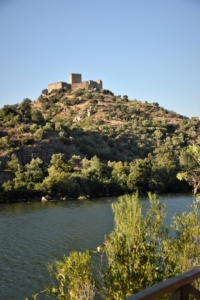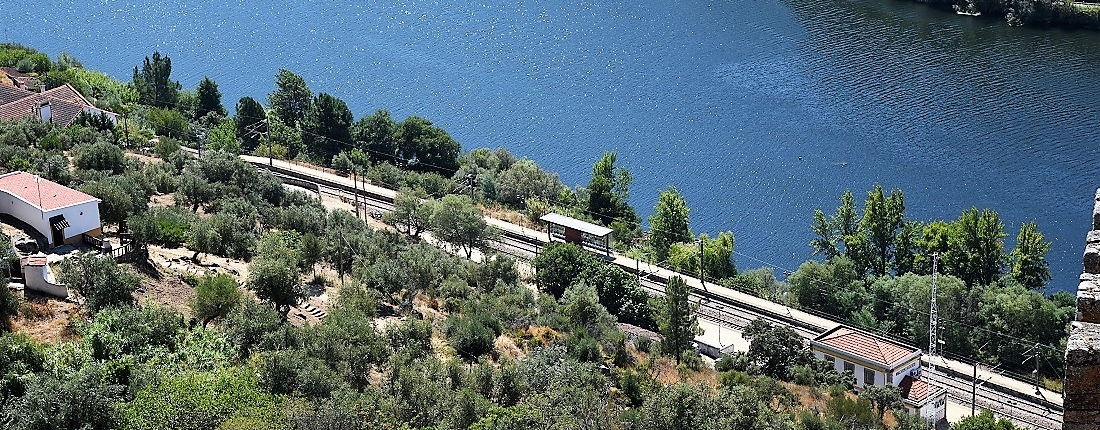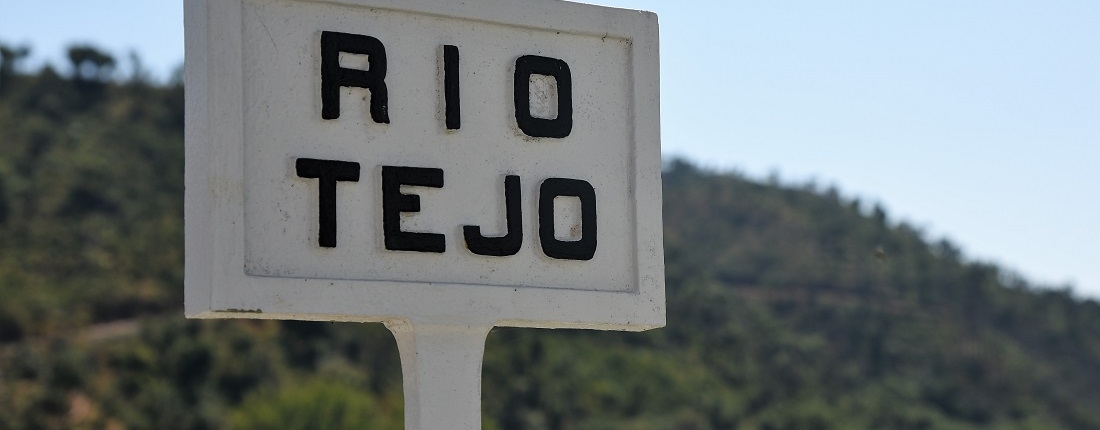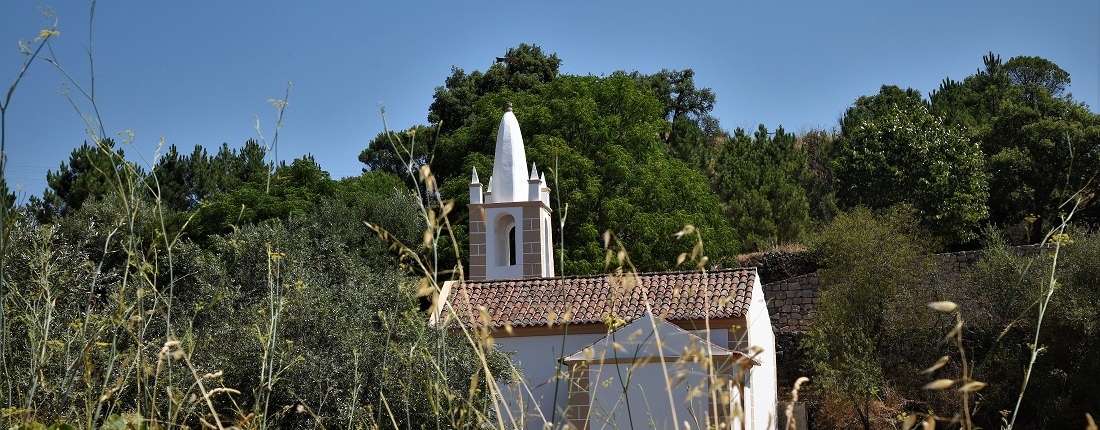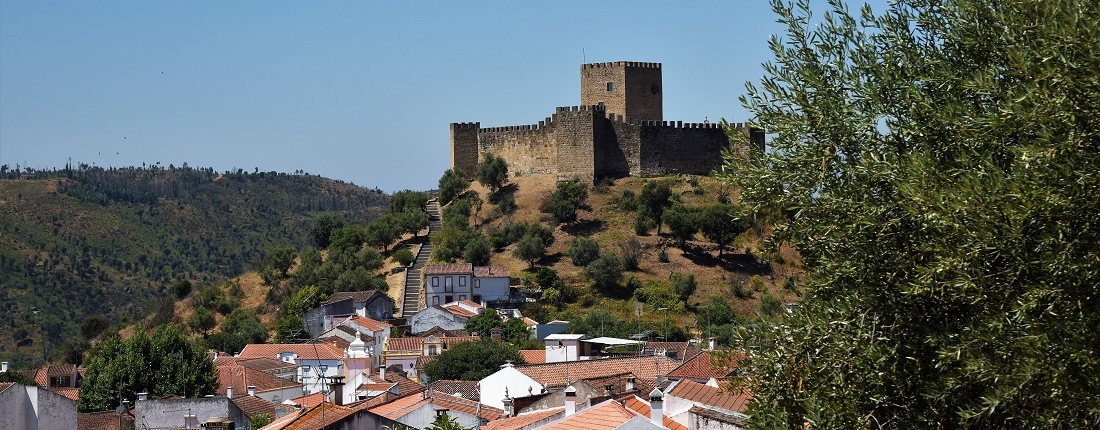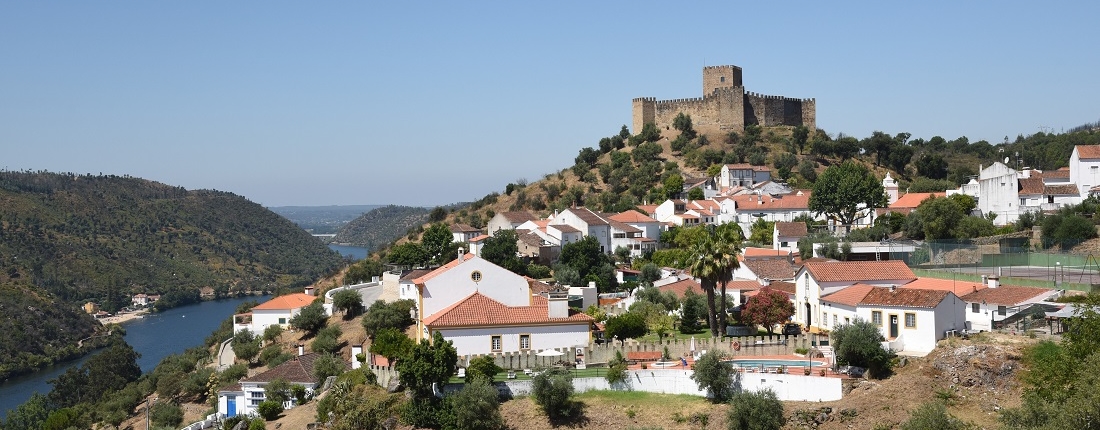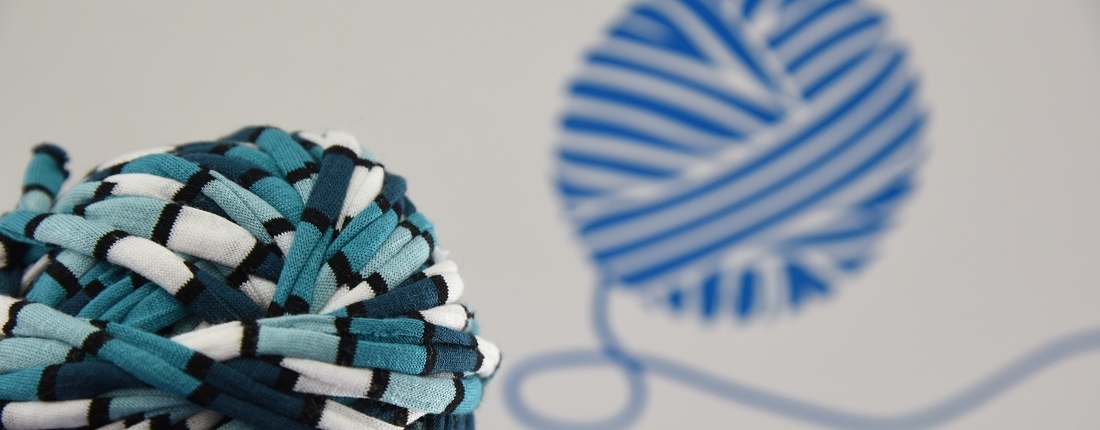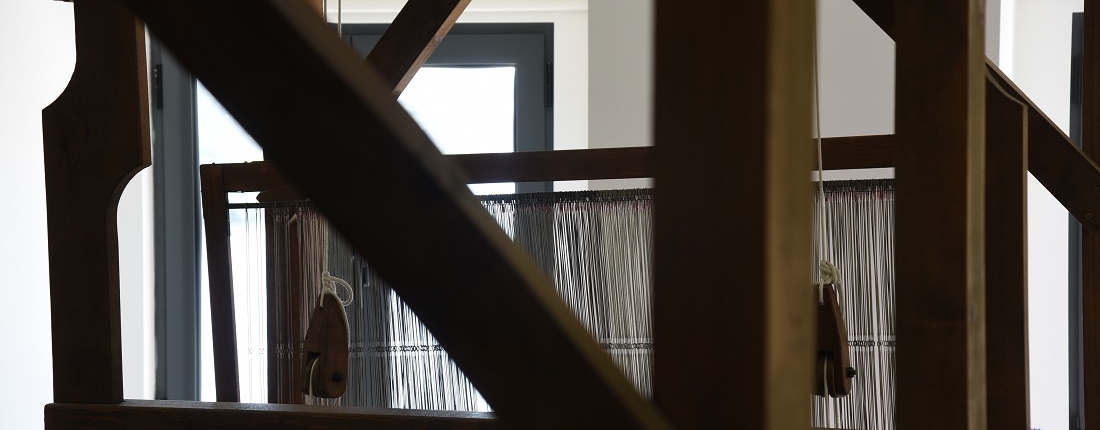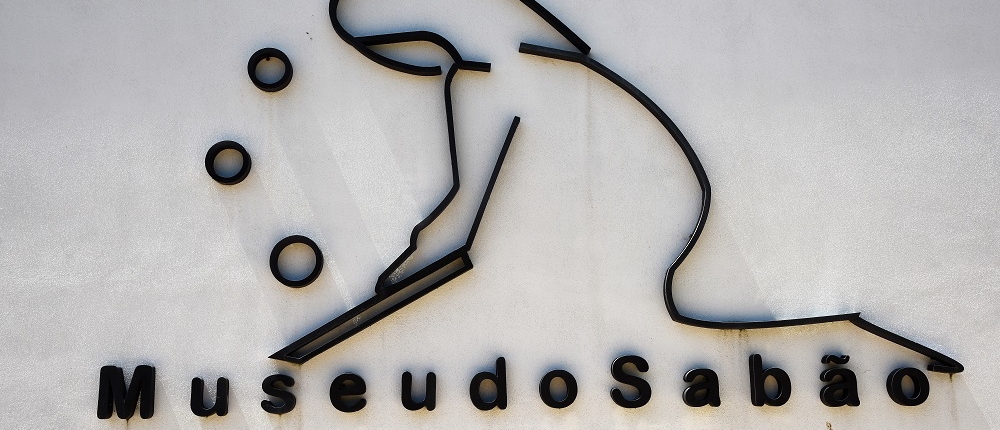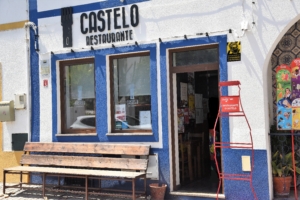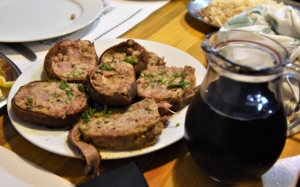Belver, a fortified castle overlooking a pretty village.
140 steps! These are the ones you have to climb to get to Belver Castle. A fortified castle like those in children’s tales, perched on its rock, with crenellated walls and dungeon. And even if this former fortress has long since lost its role of defence along the Tagus, it has retained the mysterious charm of the Middle Ages, although, as we know, this was not a tender period.
In medieval times, the Almóada Califat, which occupied part of the territory that is now Portuguese, relegated Christian forces to the Tagus Line. Further on at the time of the Christian reconquest, King Don Sancho I donated the territory between the Zezere and Tagus rivers to the Order of the Hospitalers.
A territory then called Guidintesta or Guidi in testa.
The prior of the knight monks then had the castle built not to enjoy the magnificent view of the Tagus, but to defend the territory. It is said that the royal treasure was kept in Belver’s compound.
The castle is relatively small in size, but perched on its promontory it impresses.
In the inner courtyard is a small chapel dedicated to St Brás.
Built at the end of the 15th century and the beginning of the 16th century, the modest chapel has a treasure: its altarpiece is composed of statues pierced with holes that were used to collect the relics that the soldier monks brought back from the crusades.
In the middle of these relics, which have now disappeared, is the statue of Saint Brás. It is a miracle that the reliquary is still in its original place. Only one figurine is missing. A must see in Belver, as well as the view of the Tagus Valley.
The keep – Torre de Menagem in Portuguese – has recently been restored and allows you to see an exhibition dedicated to the history of the castle.
The castle cannot be visited on Mondays or Tuesdays. The other days, it is closed from 1pm to 2pm. Admission: 2 €
Translated with www.DeepL.com/Translator
The village of Belver.
Belver belongs to Gavião, located on the south bank of the Tagus. And the village and its fortified castle have the particularity of being the only Alentejano territory located on the north bank of the river. Alentejo meaning beyond the Tagus, to the south therefore.
Not to be missed: the fountain walk. A path bypasses the village and leads to the old fountain. The access road is punctuated by recent sculptures evocative of the place or history of the village and the people who live there.
The village has two museums, created by the Town Hall of Gavião, which seeks to enhance its local heritage.
- The Soap Museum: Belver was for a long time a region of soap makers, because there was no shortage of ashes, olive oil, lime and water. With the creation of the royal soap factory, the business declined. The didactic and small museum provides a better understanding of the history of soap in general and its importance for the region’s economy.
- The museum of traditional carpets, the mantas. Just before the bridge over the Tagus, at the foot of the village, the old carpet and blanket factory. Some looms have been installed there. And there are exposed some old or recent examples of carpets. A video explains how flax was grown and spun. You can also try weaving under the direction of Olga, the museum’s manager, a true passionate person.
Entrance fee for each museum: 2 € The Town Hall of Gavião has created a discounted ticket (family) to visit the castle and the two museums
http://www.cm-gaviao.pt/pt/turismo/museus/100-turismo/museus/324-museu-do-sabao
Where to eat
O Castelo.
O Castelo – the castle – is a small restaurant that belonged to the grandparents of the current owners. You can enjoy a household cuisine that gives pride of place to local recipes. And every day a traditional dish is served. Lisbon-affinités had the chance to taste the fried bucho. The stuffed bucho is a dish that comes directly from the medieval period. It is a pork belly stuffed with different pieces of meat, herbs and spices.
O Castelo also offers typical fish dishes from the river: eels, fried sável (shad), or açorda (crumbled and moist bread) made with fish eggs, and others.
Very low price. And a very friendly welcome. Simple and comfortable decoration.
Lisbon-affiliates’ favourite in the region
Rua Nunes Álvares Pereira 41, Belver
https://www.facebook.com/ocastelo.restaurante/
Where to sleep
to discover our suggestion read the article Alamal, Belver beach
Alamal, Belver’s beach

